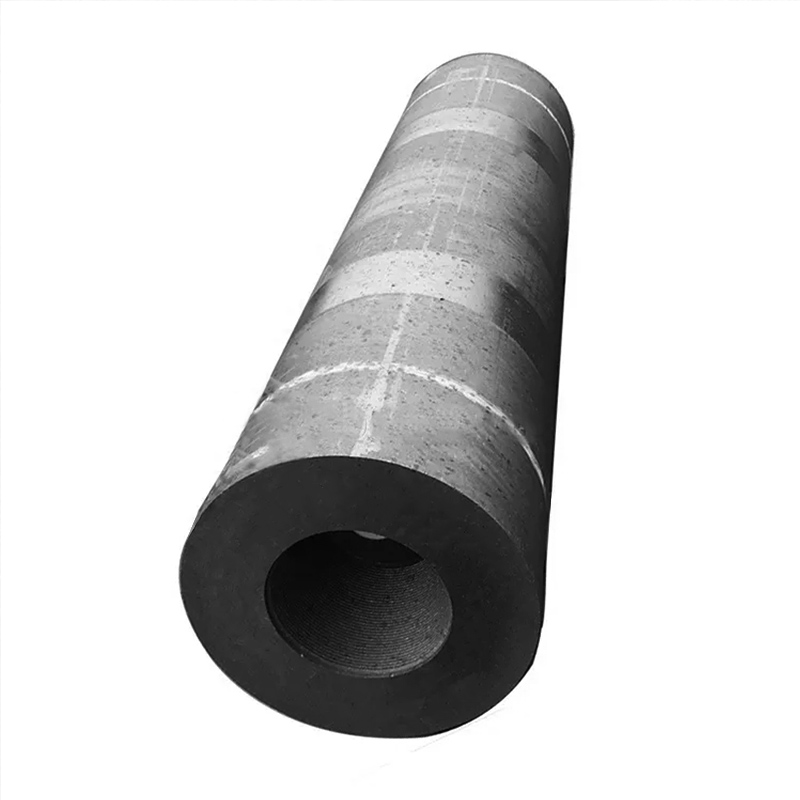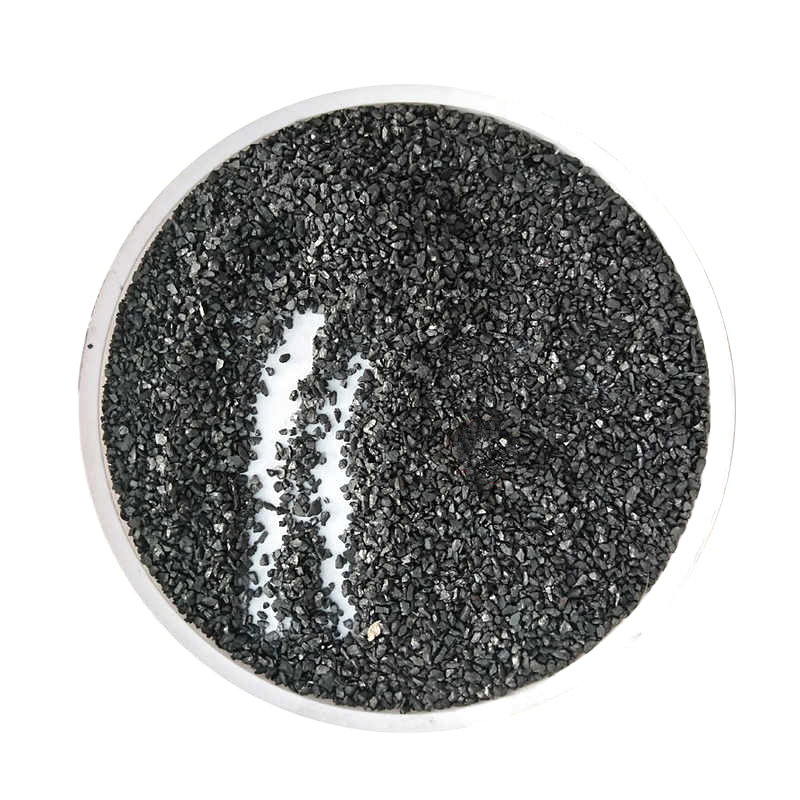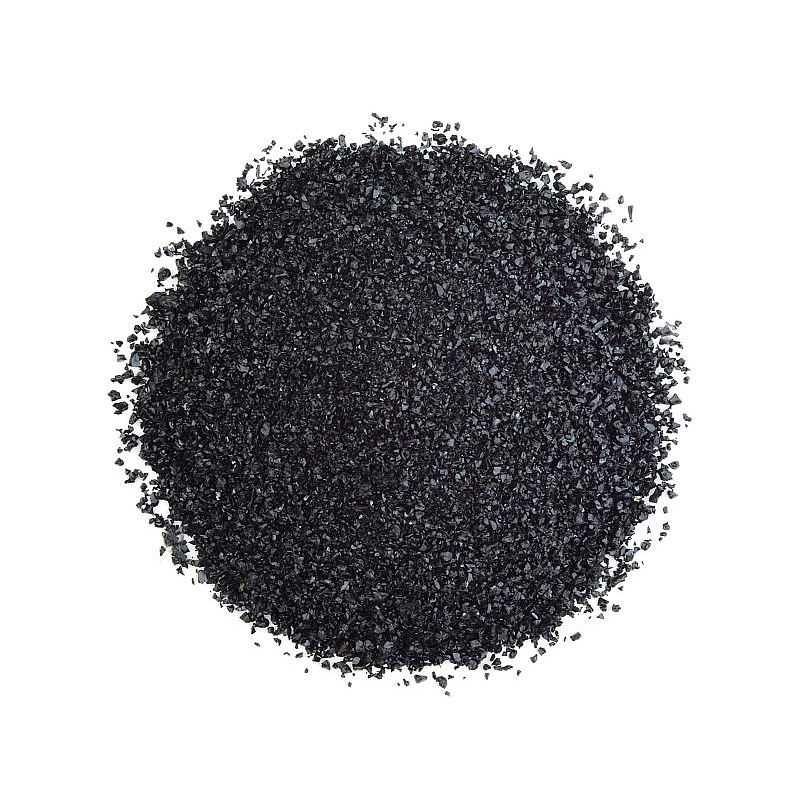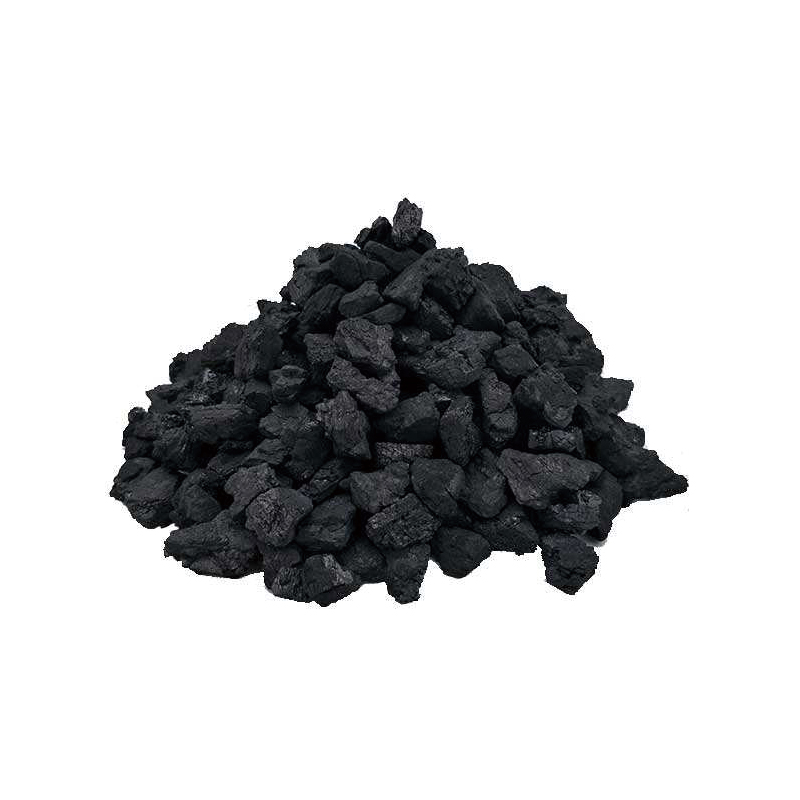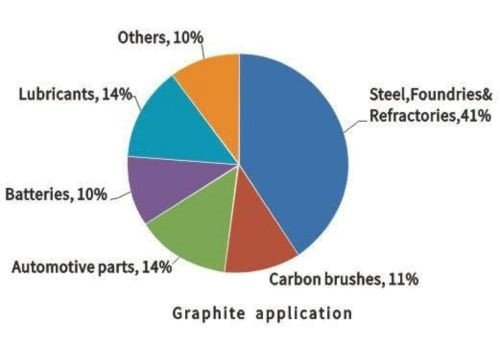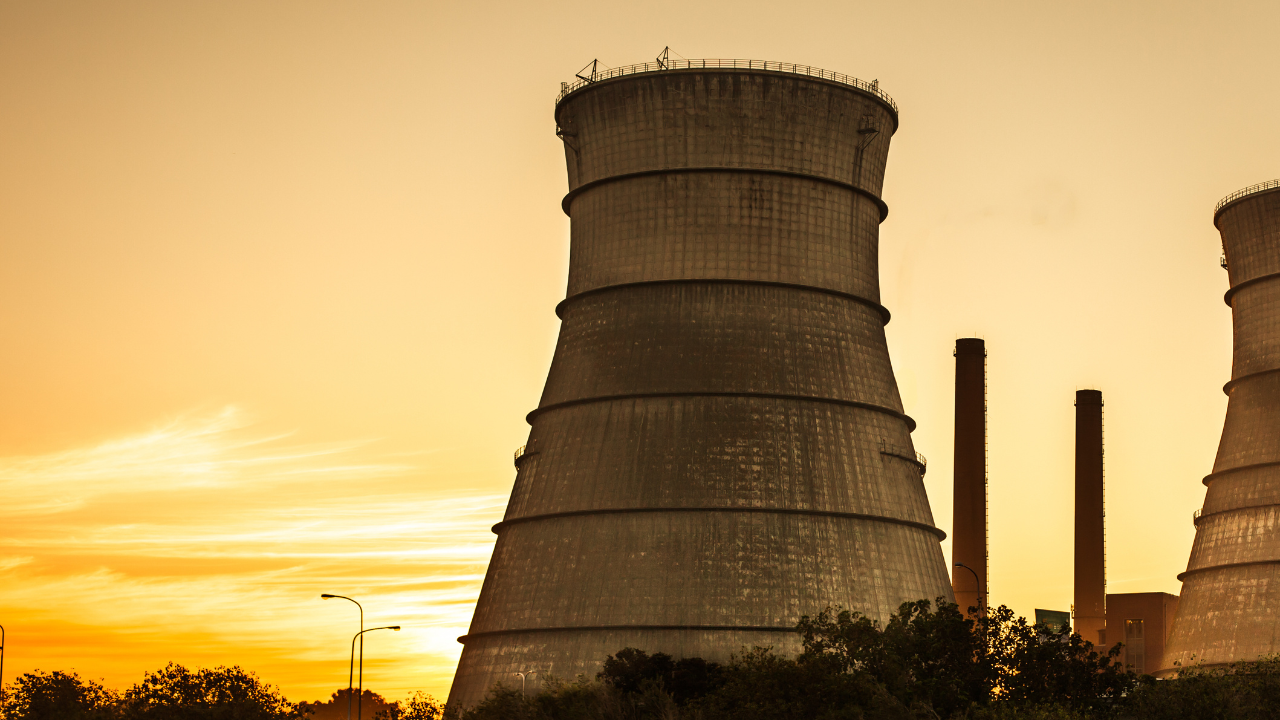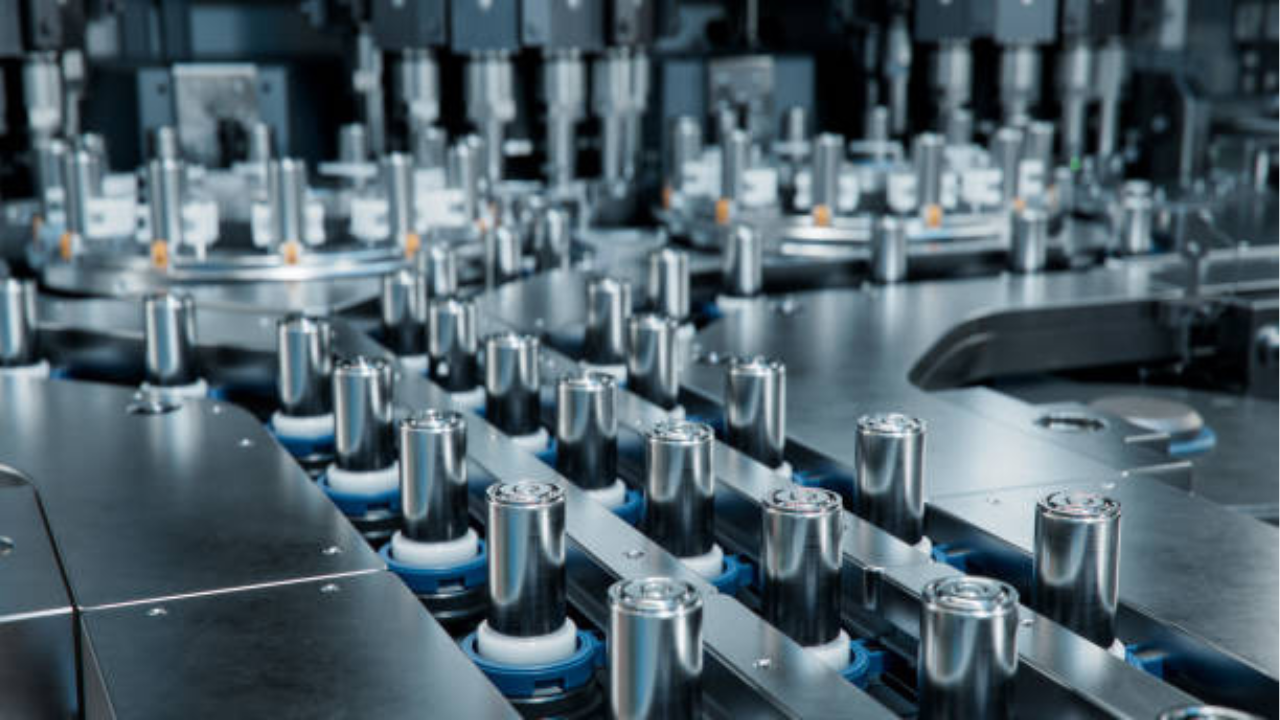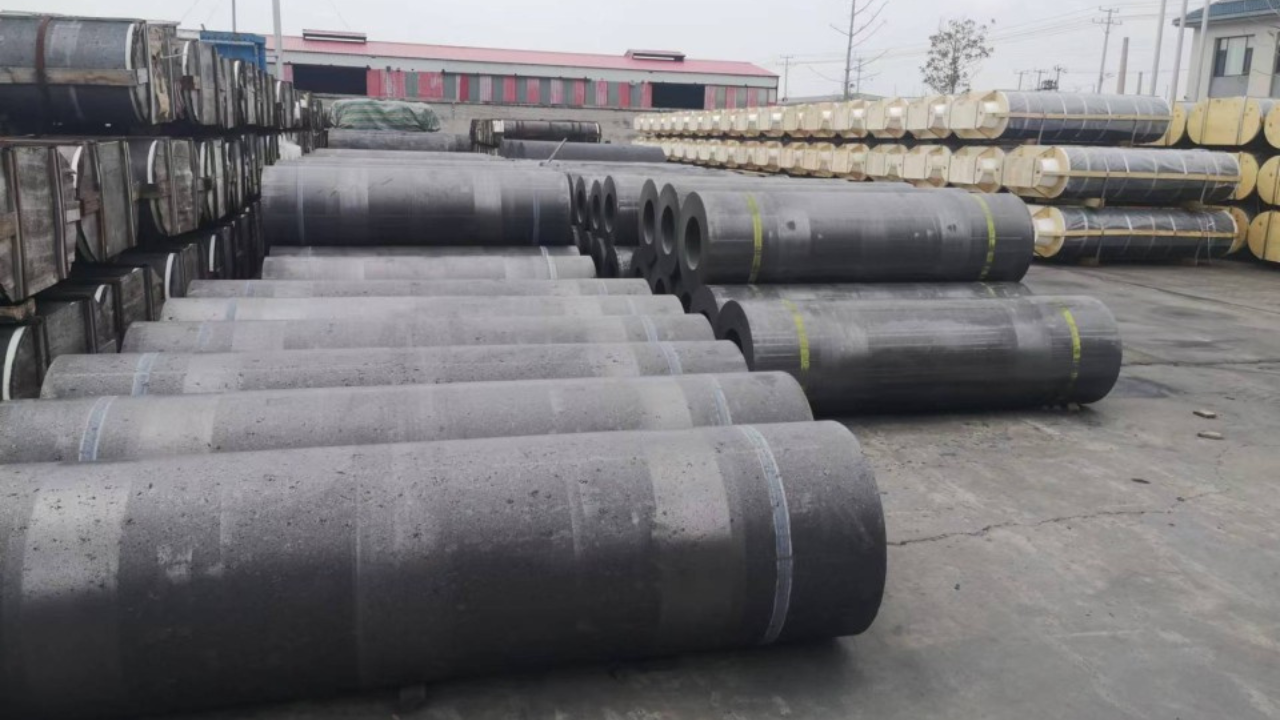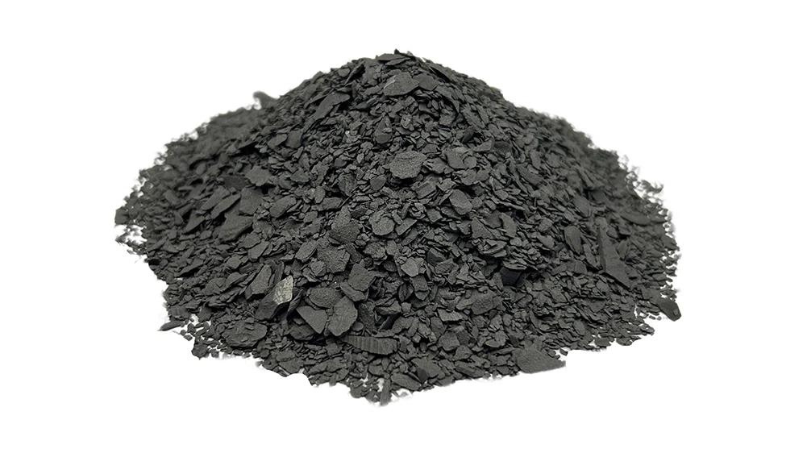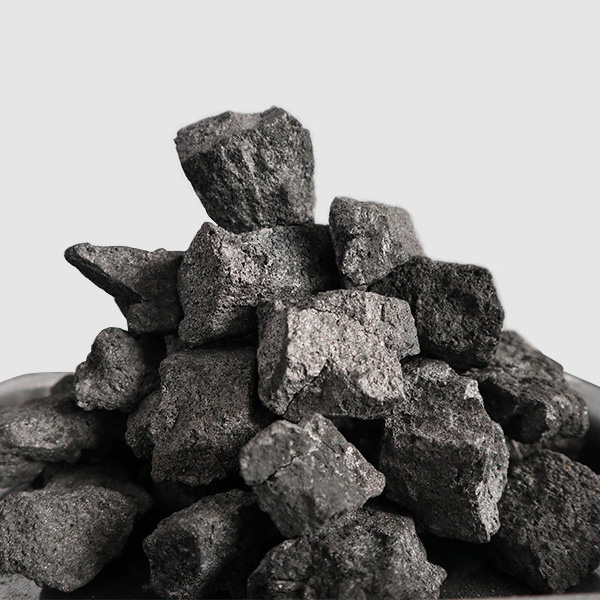Metallurgical coke is the key raw material for blast furnace ironmaking, the quality of metallurgical coke is directly related to the technical and economic indicators of blast furnace operation, so a quality evaluation system is essential. The quality evaluation system of metallurgical coke covers multiple dimensions such as chemical composition, physical and mechanical properties, thermal properties, particle size, pore structure, etc., and comprehensively evaluates the quality of coke through standardized testing methods.
Evaluation of Metallurgical Coke
1.Chemical composition
Mainly including fixed carbon, ash, volatile matter, sulfur and phosphorus. Fixed carbon content represents the effective components of coke, which directly affects its reducing ability and calorific value. The fixed carbon of high-quality metallurgical coke is usually required to be above 86%.
Ash is an inert impurity that will reduce the effective components of coke and increase the amount of slag. The ash content of metallurgical coke is generally controlled between 8% and 12%. For every 1% increase in ash, the blast furnace coke ratio will increase by 2%-2.5%. Volatile matter reflects the maturity of coke. The appropriate value is about 1%. More than 1.5% is green coke, and less than 0.5% is over-fired coke.
Sulfur is a harmful element. The sulfur content of metallurgical coke is usually required to be less than 0.7% (large and medium-sized blast furnaces have stricter requirements, less than 0.4%-0.5%), because about 70%-90% of the sulfur in coke will enter pig iron, resulting in hot brittleness of steel. Although the requirements for phosphorus content are not as strict as sulfur, too high a content will also affect the performance of steel, and is generally controlled below 0.05%.
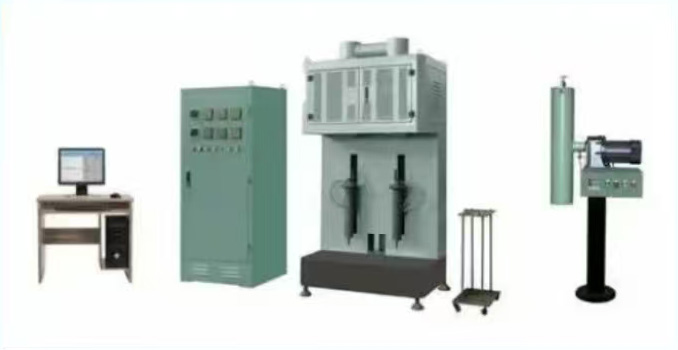
Metallurgical coke composition testing equipment
2.Physical and mechanical properties
It includes crushing strength (M40) and abrasion resistance (M10). M40 indicates the percentage of coke with a particle size greater than 40 mm after the drum test, reflecting the impact resistance. High-quality metallurgical coke is required to be between 80% and 88%; M10 indicates the percentage of coke with a particle size less than 10 mm after the drum test, reflecting the abrasion resistance, which is usually controlled at 6% to 9%. These indicators ensure that the coke can remain intact during transportation and in the upper column of the blast furnace, avoiding the premature generation of powder that affects the air permeability.
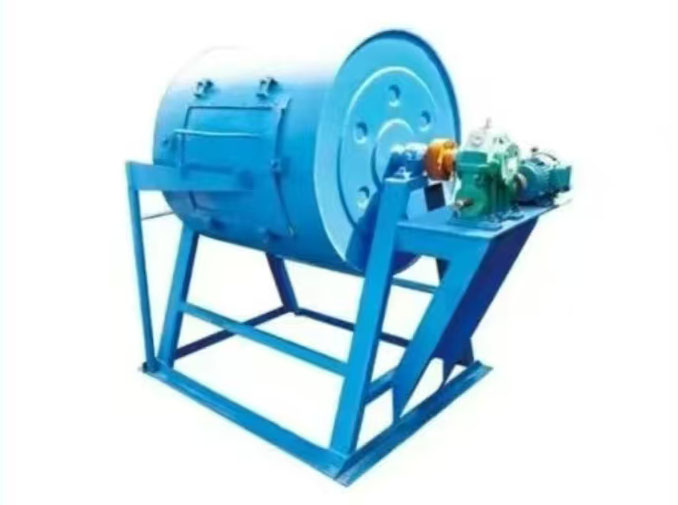
Drum machine for testing mechanical properties

